When there was no computer, how did the FBI match fingerprints?
Keeping fingerprints in the past

FBI fingerprint file room, 1944.
This is the room where fingerprint files are stored, which the FBI’s Identification Division began using during World War II for the purposes of satisfying the needs of the armed services. This building is the DC Armory, a multi-function operations facility.
By 1942, the FBI was adding 400,000 record tags per month to its archive and receiving 110,000 “name-check” requests per month. By 1944, the agency contained about 23 million card records, as well as 10 million fingerprint records.
Around the war, the federal government invested enormous resources in the FBI to investigate potential deserters and spies. By the end of 1943, the FBI had employed about 13,000 people to work there.
French scientist Paul-Jean Coulier has developed a method of transferring latent surface fingerprints to paper using fumed iodine. It allowed London Scotland Yard to begin fingerprinting individuals and identifying criminals using fingerprints in 1901.


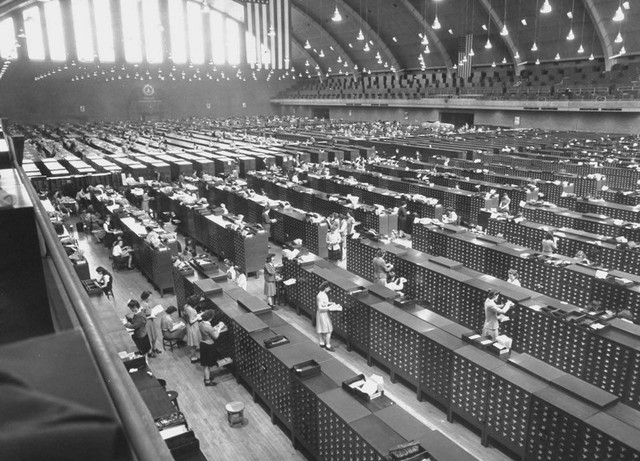
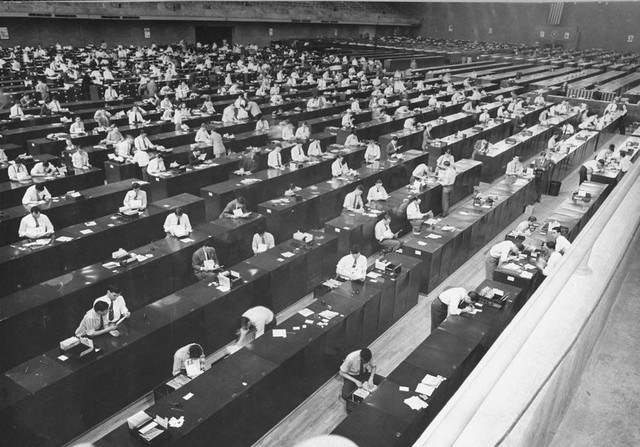
In 1924, an act of Congress established the FBI’s Identification Board. The IACP’s National Criminal Identity Bureau and the U.S. Department of Justice’s Criminal Identification Bureau merged to form the nucleus of the FBI’s fingerprint records. By 1946, the FBI had processed more than 100 million fingerprint cards in manually stored files; and by 1971, 200 million fingerprint cards.
Soon, US police departments adopted the same method, and fingerprint recognition became standard practice in the United States.
The Scheffer case of 1902 was the first to identify, arrest, and convict a murderer based on fingerprint evidence.
The identification of individuals through fingerprints to law enforcement has been considered essential in the United States since the early 20th century. Body identification using fingerprints is also valuable in other ways. recover from natural disasters and man-made hazards.

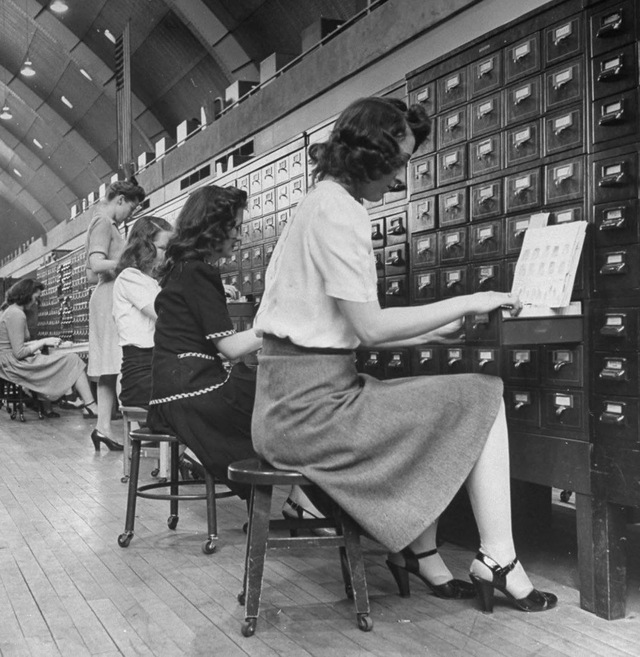
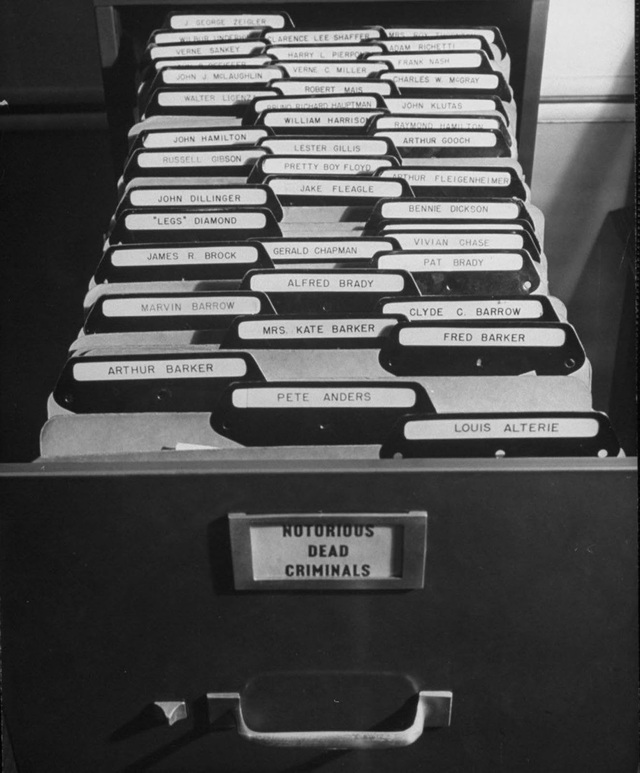
The process of checking and finding fingerprints in a data warehouse often takes a long time, employees often have to carefully check tens of thousands of documents manually.
Save fingerprints today
Since 1924, the FBI has been the sole U.S. archive of fingerprints. Computers were first set up to search for these files in 1980. Since 1999, the FBI has stored and accessed its fingerprint database through the digital IAFIS (Identification System). integrated automated fingerprint), currently holds the fingerprints and criminal records of more than 51 million criminal subjects and over 1.5 million civil (non-criminal) fingerprint records.
US Visit currently holds an archive of the fingerprints of more than 50 million non-US citizens, mostly in the form of two-finger records.
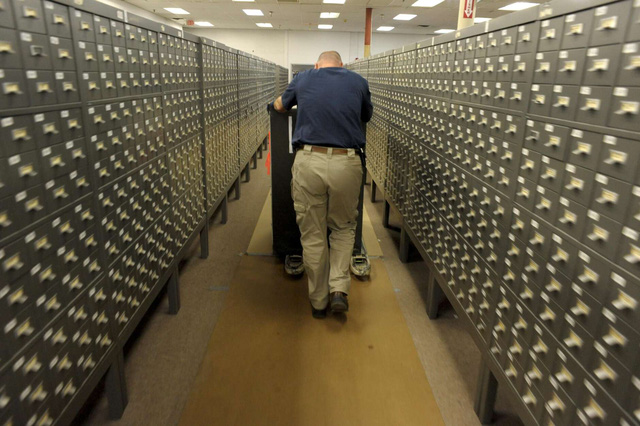
The era of sliding drawers filled with old FBI files is coming to an end. Millions of fingerprint cards, criminal records and civilian identity files that once filled rows of cabinets and massive warehouses have been transformed into digital form. The digital transformation of more than 30 million records and over 83 million fingerprint cards comes as the FBI fully activates its Next Generation Identification (NGI) system, a state-of-the-art biometrics digital platform. learning and other types of identifying information. The system is gradually replacing the Bureau’s Integrated Automatic Fingerprint Identification System, or IAFIS.
When a new civilian federal employee submits fingerprints as part of their background check, the fingerprints are forwarded to the FBI’s Criminal Justice Information Services (CJIS) division in Clarksburg. , West Virginia.
There, the office will check fingerprints against a national database of criminal fingerprints, which has been around since 1924.
But with the office now receiving nearly 200,000 fingerprint submissions per day, automation tools have allowed the office to handle most incoming requests without any human intervention. .
Gary Stroupe, program analyst and supervisory manager at the CJIS Biometric Identification and Analysis Unit, said: “When we put in automation, every step in it requires no intervention. of man, at least in a sense”.
In the past, when there were no computers and automated processes, even with hundreds of trained and working round-the-clock fingerprint checkers, the agency still faced the situation of backlog growing, at worst up to a million pending fingerprint submissions.
However, that all really changed in the 1990s, when the FBI adopted the Integrated Automatic Fingerprint Identification System and began digitizing incoming fingerprints as well as those on file. This technology allows the FBI to handle the backlog and also speeds up criminal searches and civil background checks from months to hours.
These efforts have only been accelerated by the latest technological breakthrough, the 2014 Next Generation Identification System, which delivers innovative algorithms that allow the agency to automate up to 95% of the time. out of 180,000 daily fingerprint submissions without human intervention.

Looking back, Stroupe says the FBI’s automation efforts have yielded huge benefits: Law enforcement partners can now get results from fingerprint submissions in minutes, instead for a few weeks or months. The FBI now stores its fingerprints digitally and saves the cost of physically storing fingerprint records. And the office has shifted hundreds of employees to other key federal law enforcement jobs.
at Blogtuan.info – Source: cafebiz.vn – Read the original article here



